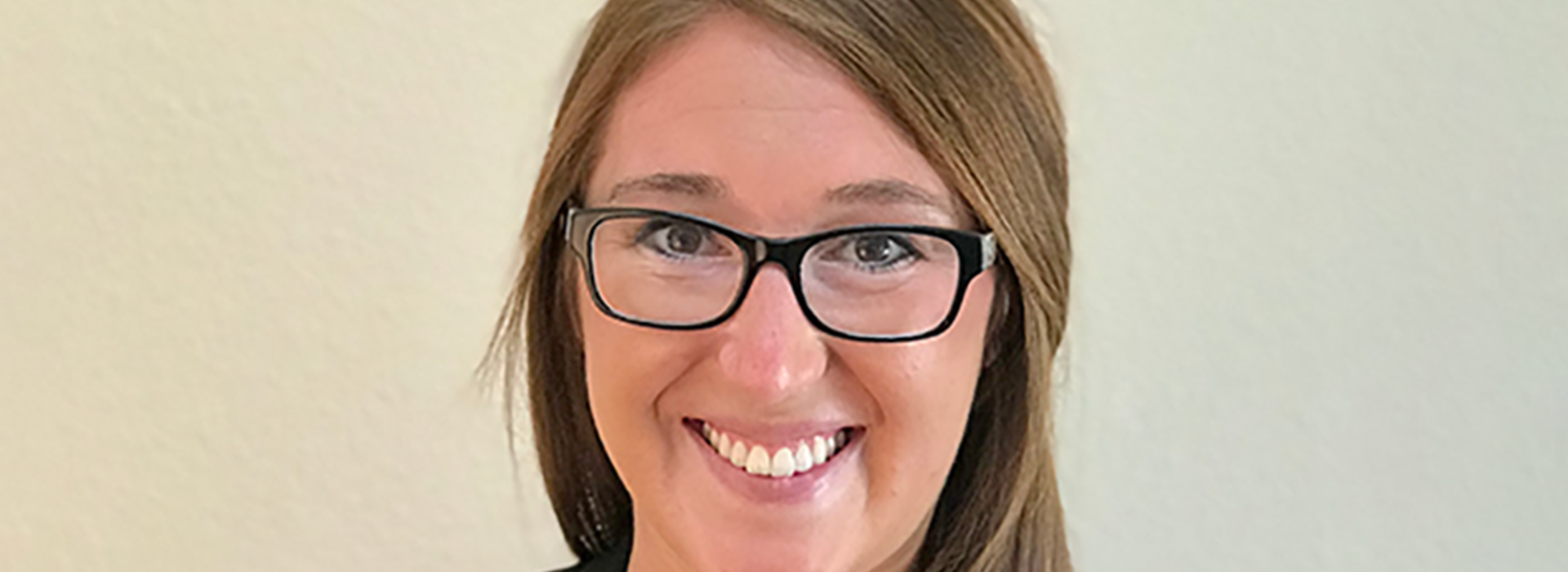
Welcoming the Class of 2024: Courtney Cotsonas
When Courtney Cotsonas starts classes at the University of Minnesota Medical School, Duluth Campus this fall, it won’t be the first time she’s stepped foot into a medical school.
“My mom is a pediatrician, and she started medical school when I was four years old. I remember running around the halls of her medical school like a wild child,” Cotsonas said.
Her mother’s passion for medicine, now Cotsonas’, stems from a long bloodline of family members, dating back to Cotsonas’ great-great-great grandfather who served as the shaman of the Inupiaq Tribe in Point Hope, Alaska. Her aunts also served as traditional healers in the tribe.
“I think my family history is part of the reason why I’ve always felt a natural magnetism toward the field,” Cotsonas said. “But, my mom was actually raised in the foster care system, and so we didn’t find out about this history until later in her life. I’m really excited to learn more about Native American medicine in particular.”
For this reason, the Medical School’s Duluth campus was Costonas’ first pick when she considered where to study medicine. While interviewing, she recognized their special dedication to teaching about Native American medicine and serving tribal communities—a rare opportunity to explore an unfamiliar part of her ancestry.
“I couldn’t get that anywhere else, so I wanted to jump on that opportunity if given,” she said. “I also love that it was a smaller campus with a smaller learning community to start out. When I interviewed, the medical students described the support and the way that they felt the curriculum and the faculty prepared them not only to pass their boards but to excel in the clinical realm. It felt like a true sense of community. I got the offer call four days before Christmas, and I thought it was the most perfect present ever.”
Though she has lived in 12 cities and nine different states, she claims San Diego—the city she was born in—as her hometown. There, for the last year and half, Cotsonas worked as medical scribe for a federally qualified health center, serving the homeless, undocumented and uninsured and growing a deeper interest in underserved clinical community medicine.
“The most meaningful mentorship that I had was with Dr. Irene Zink in San Diego,” Cotsonas said. “The greatest part of her care was that she treated everyone like they were her family member. She always took the opportunity to sit down with the patient and get at eye-level. I’ve always thought I might want to do underserved community medicine, but really being submerged in it and seeing how much she valued what I added—she just taught me so much, and I’m ready to jump into the clinic.”
Cotsonas hopes to complete some of her clinical studies in Alaska, ideally arranging her later-year course electives with Indian Health Services and tribal communities in Anchorage.
“I’m looking forward to experience working in the clinic in those rural aspects, and then also getting the urban aspect of the Twin Cities,” Cotsonas said. “I’m really excited that I’m going to get a strong clinical education in a variety of settings, environments and communities, and at the end of it, I just hope to become the doctor that I’ve always dreamed of being.”